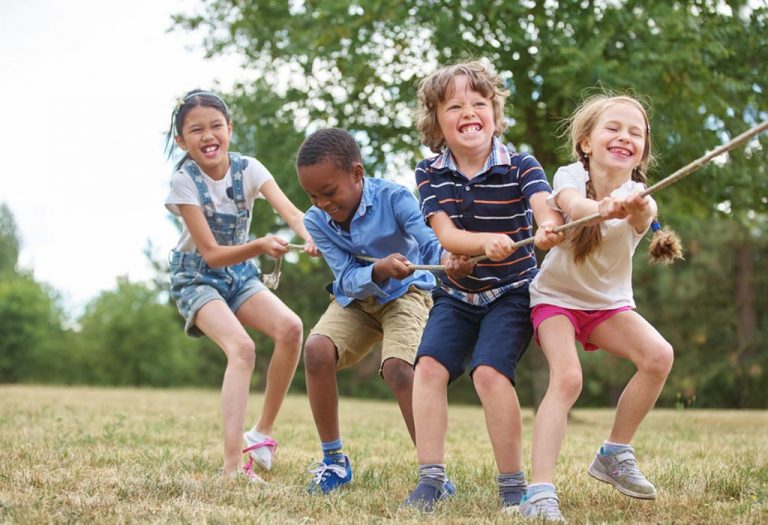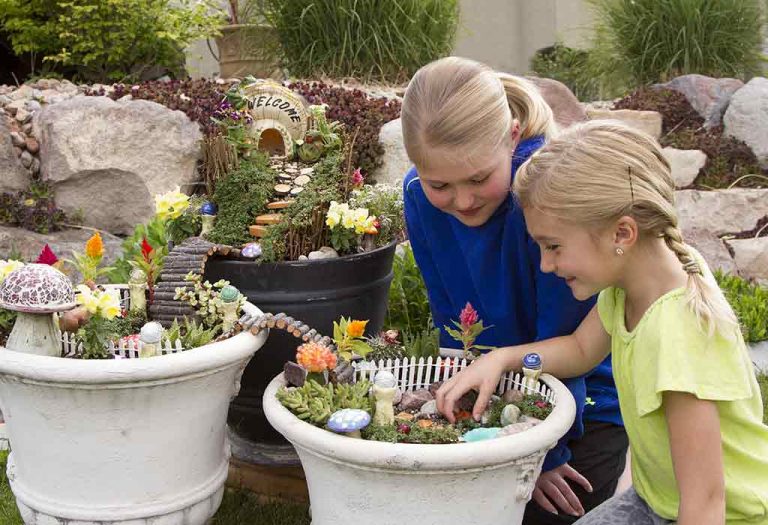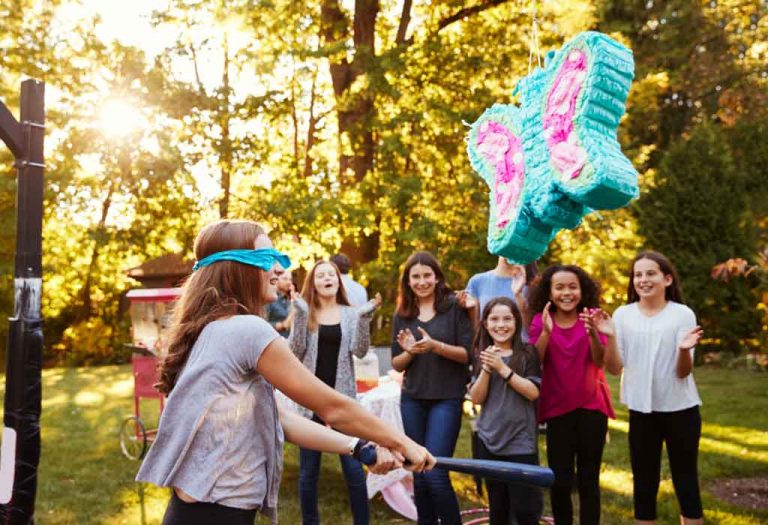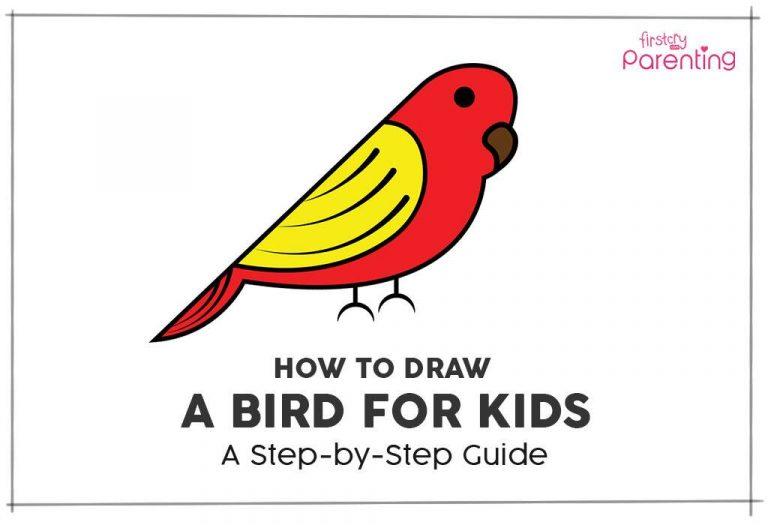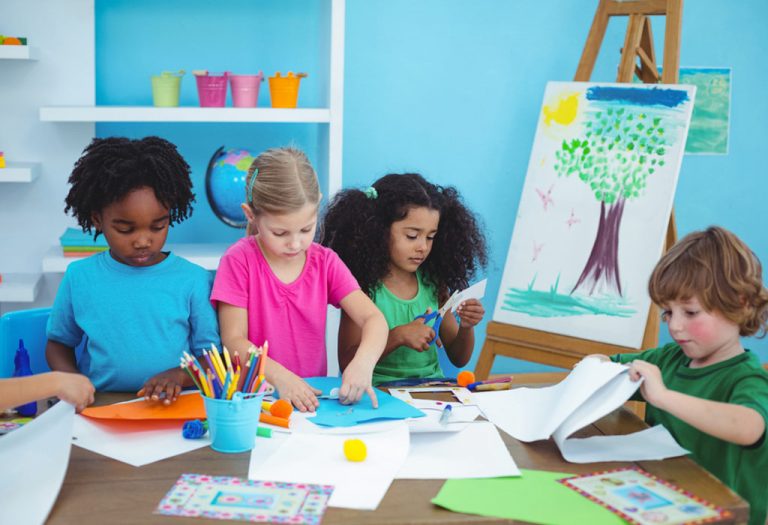The Importance of Children’s Play and Its Role in Development
- Why Is Play Important in Kids’ Development?
- What Are the Different Types of Play in Children?
- Some Play Ideas & Activities for Your Child to Boost Development
- How to Encourage and Make Play Enjoyable for Children
- Side Effects of Not Playing in Children
- FAQs
Playing is literally synonymous with childhood. Children and kids all around the world seem to invest a lot of time in playing around, exploring their imaginations and learning through fun activities. Though this might not seem productive to us as adults, as parents, we need to understand that child development through play is essential and integral to their growth. Play and early childhood development go hand-in-hand right from social skills to kinetic skills, fostering creativity and problem-solving abilities. The value of play in early childhood education plays a strong role in keeping that in focus even during schooling. The importance of children’s play cannot be overstated, as it builds confidence, emotional resilience, and cognitive abilities.
Why Is Play Important in Kids’ Development?
Play is critically important in early childhood, laying the foundation for cognitive, social, and emotional growth that lasts a lifetime. Here are some reasons why regular play is essential for children (1).
1. No better education than play
This tops the list of benefits of play in child development. Playing around with other kids in various environments literally sets the basic stones for kids to learn, practice, and create a safe space for expressing their own selves.
2. Learning in a social construct
Most learning activities focus on individual focus and studying intimately in an isolated environment. While playing, right from hide-and-seek to playing tag, your kid understands and learns from group dynamics and how people interact with each other.
3. Communication between children and adults
In a parent-child dynamic, having only disciplinary or authoritative communication does not relate to being a good parent. Letting down your guard and engaging with your kid on their level further solidifies the bond, and also teaches them how to interact with other adults in a polite manner.
4. Understanding the strength of spontaneity
All the learning activities in a kid’s life are gradual and paced. Sports and other physical play activities are where your kid understands how to respond to situations quickly or know what their natural spontaneous response is. From balancing a ball on their heads to gauging the distance for a throw, these activities help develop instantaneous thinking modules of your child’s brain.
5. Introducing children to the concept of choice
Digital games give too many options to choose from without really teaching your kid anything much. In an environment with other kids and sports choices, your kid learns to make rational thought-out decisions out of many others. This allows them to choose what they want to play, as well as make quick choices and decisions while immersed in play.
6. The joy of open space in expressing yourself
Sitting in classrooms and study tables every day can get easily boring for any kid. The openness of playing outside and running around wherever they wish brings a level of joy and freedom to your kid that is quite newfound.
7. Rediscover your own joy of playing all over again
You, as parents, tend to rarely find time for any play activity from your daily responsibilities. Mixing yourselves in your child’s play not only makes you a better parent but also reinvigorates you by making you a child again as well.
8. Understand your child’s non-verbal cues
Observing your child as they play can help you glean a lot about them. Their body language can reveal a lot about their attitude, whether they are hesitant or aggressive, whether they are a follower or a leader.

9. Learning the skill of patience
As a kid tries their hand at any sport, they naturally fail and make mistakes. As a parent, it is extremely important to be patient with them and help them get over the obstacles they face in their way. It might be the most obvious and simplest in your eyes, but for the kid, it is new and confusing. Help them through it.
10. Becoming a fun and sociable person in life
All work and no play makes Jack a dull boy. With just a little amount of play introduced in life, both you and your children will be happier and more interactive with the people around you.
What Are the Different Types of Play in Children?
The following are the different types of play in children (2):
1. Passive Play
Your kid is unoccupied and just simply engaging in random activities and exploration.
2. Independent Play
Your child starts playing alone by themselves with their toys (3). They might want you to join them, but they don’t know it yet and are satisfied with what they are doing.
3. Observational Play
Your child observes other kids or adults play, but does not participate (4). They could be shy, or they could be understanding the game, or they could just be stepping back and enjoying it.
4. Parallel Play
Imagine two kids playing in one room by themselves. Not with each other. This may seem strange but even in such a scenario, kids learn a lot about each other in this play style.
5. Associative Play
This is a step further from parallel play but there’s a level of interaction between the kids (5). Imagine each kid making something using clay and asking each other whether they should make it better or asking for their help.
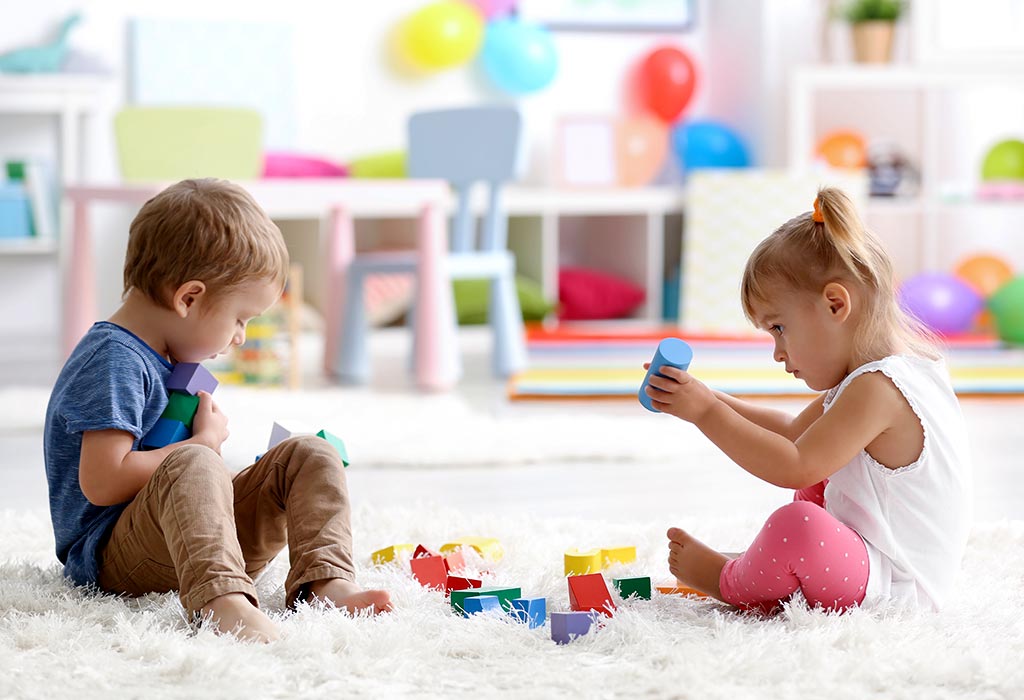
6. Co-operative Play
The most natural pinnacle to attain, this is where kids play together with each other. This could be in sports, or solving puzzles, or planning a game together, too.
7. Fantasy Play
Kids love to enact different roles and that’s what they start doing. They could be making sound effects using toys, or mimicking incidents they read in books or saw on television.
8. Competitive Play
Introduction to the concept of winning and losing is where this type of play holds the greatest value. Kids begin to understand what it means to be better than where they are and would need your advice at times to be able to process a loss.
9. Constructive Play
If you’ve made houses out of pillows, or castles in the sand, or even a model out of craft material, that is what constructive play is all about – the creation of an entity that helps them learn how things come together (6).
10. Symbolic Play
Playing doesn’t have to be restricted to games. Kids could indulge in singing together, or making random music, or even drawing abstract art on paper to express what they wanted to.
Some Play Ideas & Activities for Your Child to Boost Development
The right activities can enhance cognitive, physical, social, and emotional development while keeping children engaged and happy. Below are some age-appropriate play ideas to support your child’s developmental milestones.
For Babies
Babies learn through sensory exploration and gentle interactions. Simple, engaging activities help strengthen their muscles and senses.
- Soft, crinkly toys or fabric books can encourage your baby to reach, grasp, and explore different textures.
- A gentle rocking motion or baby bouncer can help develop balance and core strength.
- High-contrast black-and-white pictures or mobiles can stimulate your baby’s vision and focus.
- Rattles or lightweight teething toys can encourage shaking, grabbing, and hand-eye coordination.
- Singing or playing soft music can soothe your baby while enhancing auditory recognition.
For Toddlers
Toddlers love to move, explore, and imitate. Play that involves physical activity and imagination supports their growing independence.
- Large, lightweight balls or foam blocks can encourage your child to kick, throw, and stack.
- A small push wagon or ride-on toy can help develop balance and leg strength.
- Play dough or squishy sensory bags can strengthen little fingers and spark creativity.
- A mini obstacle course with cushions and tunnels can boost crawling, climbing, and coordination.
- Pretend play with toy phones or kitchen sets can encourage language and social skills.
For Preschoolers
Preschoolers thrive on creative and cooperative play that challenges their minds and bodies.
- Cardboard boxes, blankets, and pillows can encourage your child to build forts, hide, or invent imaginary worlds.
- Sidewalk chalk or large paper rolls can inspire outdoor drawing and early writing practice.
- A balance beam (or a line of tape on the floor) can help improve coordination and concentration.
- Water play with cups, funnels, and sponges can teach cause-and-effect while keeping them engaged.
- Dress-up clothes or puppet shows can boost storytelling and emotional expression.
For School-age kids
Older children enjoy games that involve strategy, skill-building, and teamwork.
- A jump rope or hula hoop can encourage rhythmic movement and endurance.
- DIY science kits or magnet tiles can spark curiosity and problem-solving.
- A scavenger hunt with clues can promote critical thinking and exploration.
- A family board game night can teach patience, strategy, and friendly competition.
- Gardening tools or simple woodworking kits can foster responsibility and hands-on learning.
How to Encourage and Make Play Enjoyable for Children
Here’s how you could make your kid excited about playing.
1. Restrict digital screens
Kids should definitely watch good TV content and work on computers. But it’s best to keep a restricted time for them and schedule it on an incentive basis. Also, avoid placing any gadgets or screens inside your kid’s bedroom.
2. Restrict electronic games
Remote cars, flashing toys, and Kinect are all flashy gadgets, but are not exactly sociable games or focus on physical movement. Go for a variety of toys such as Frisbees, badminton racquets, or even dolls and playhouses that help kids indulge in their creativity to make them interesting.
3. Fixed hours of play
Kids can instantly indulge in play when they are distracted. This can cause them to not focus on their studies or be constantly anxious about when they will get a chance to play. By scheduling a fixed time for play, their mindset is already prepared when the time begins and are back in the zone for studying or other activities once playtime is over.
4. Outdoor play should be highly encouraged
Kids spend a lot of their time inside classrooms and then back inside homes. Child development through play can be achieved with a good amount of time spent out exploring in nature. Take them out to a park or a playground and join them if you can. Plan an outdoor picnic once a month that includes activities like camping, exploring, and so on.

5. Dress well to play well
Only when a child is fully comfortable will they focus on the play and have a great time. Make sure they wear proper shoes with comfortable clothes. Use breathable fabric in summers and jackets in winters. Ensure they are wearing protective gear whenever needed.
Side Effects of Not Playing in Children
Play is essential for helping children become strong, healthy, and self-reliant. It also supports their emotional well-being and helps them manage stress. On the other hand, not getting enough playtime can harm a child’s development in lasting ways.
Research suggests that children who don’t play outdoors enough are more likely to struggle with focus and behaviour (7). Without play, kids miss out on opportunities to use their creativity and develop important life skills—like problem-solving and teamwork—that they’ll need as adults. Skipping playtime can also slow down their ability to understand emotions and interact with others.
A 2018 study by the American Academy of Pediatrics (AAP) found that without play, children experience more stress. Play isn’t just fun—it actually helps build a stronger brain. When kids lack play and supportive relationships, too much stress can interfere with their healthy growth.
FAQs
1. Can too much structured play harm a child’s creativity?
While organised activities (sports, classes) have benefits, overscheduling can limit free play—where imagination and problem-solving thrive. Balance is key.
2. How does play differ for introverted vs. Extroverted children?
Introverted kids may prefer solitary or small-group play (building, reading), while extroverts often seek social games. Both styles support development differently.
3. Why do some children reject traditional toys in favour of household items?
Pots, sticks, or cardboard boxes often spark more creativity than pre-made toys, as they encourage open-ended play and resourcefulness.
4. Can play help identify developmental delays early?
Yes—observing how a child plays (e.g., lack of pretend play, motor struggles) can reveal delays needing professional assessment.
Thus, the role of play in child development cannot be underestimated. As adults and parents, we always look back at our childhood and play years in a nostalgic fashion as an era when we had fun. Beyond fun, it is an activity that makes sure everyone grows together as humans and lives together as a society by learning to interact with each other and communicate in the best way. This is key to childhood development and play is just as important a factor for it.
References/Resources:
2. Michigan State University – The power of play – Part 1: Stages of play
Also Read:
Cognitive Development in Kids
Language Development in Kids
Moral Development in Kids
Physical Development in Kids
Role of the Family in a Child’s Development
Was This Article Helpful?
Parenting is a huge responsibility, for you as a caregiver, but also for us as a parenting content platform. We understand that and take our responsibility of creating credible content seriously. FirstCry Parenting articles are written and published only after extensive research using factually sound references to deliver quality content that is accurate, validated by experts, and completely reliable. To understand how we go about creating content that is credible, read our editorial policy here.






